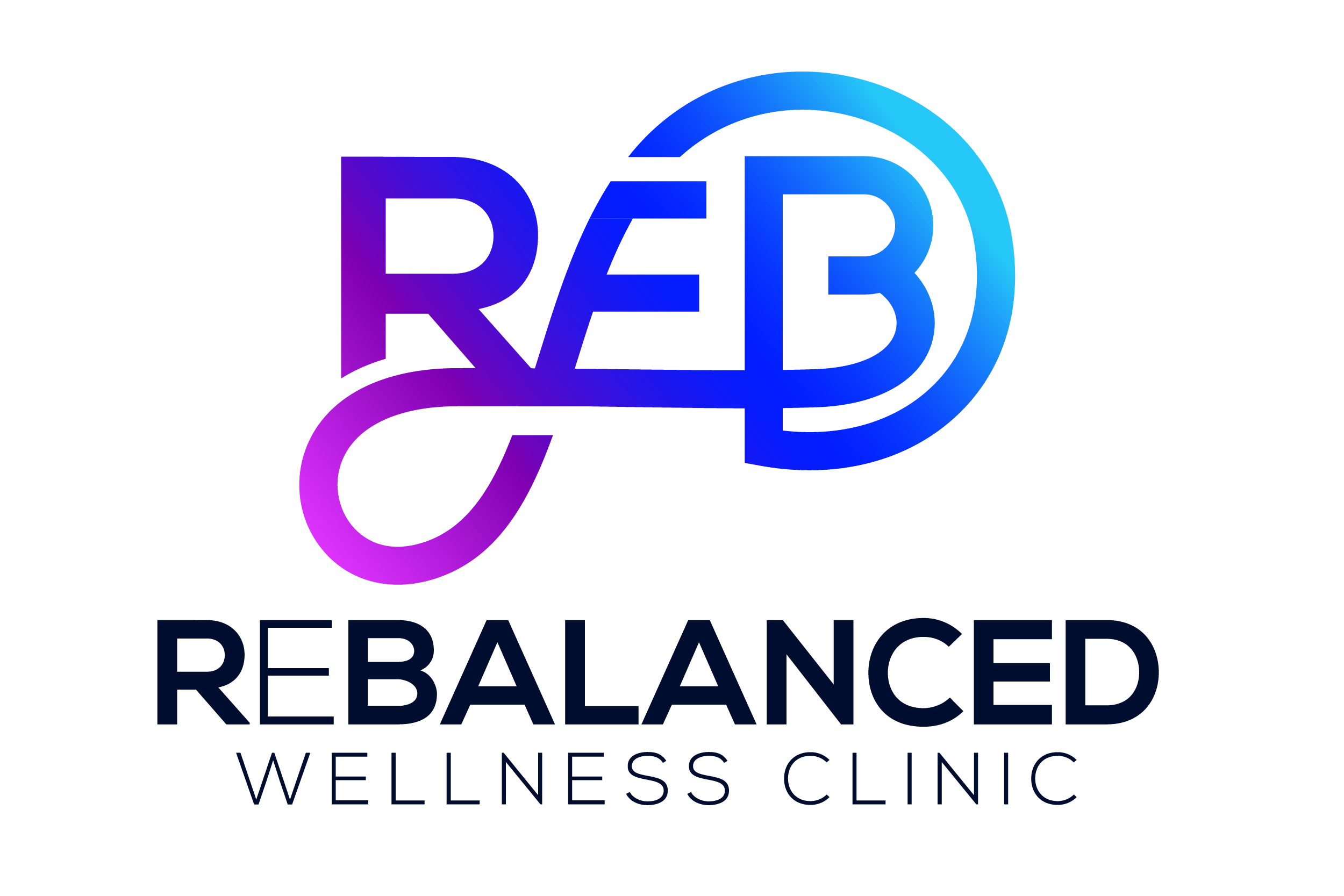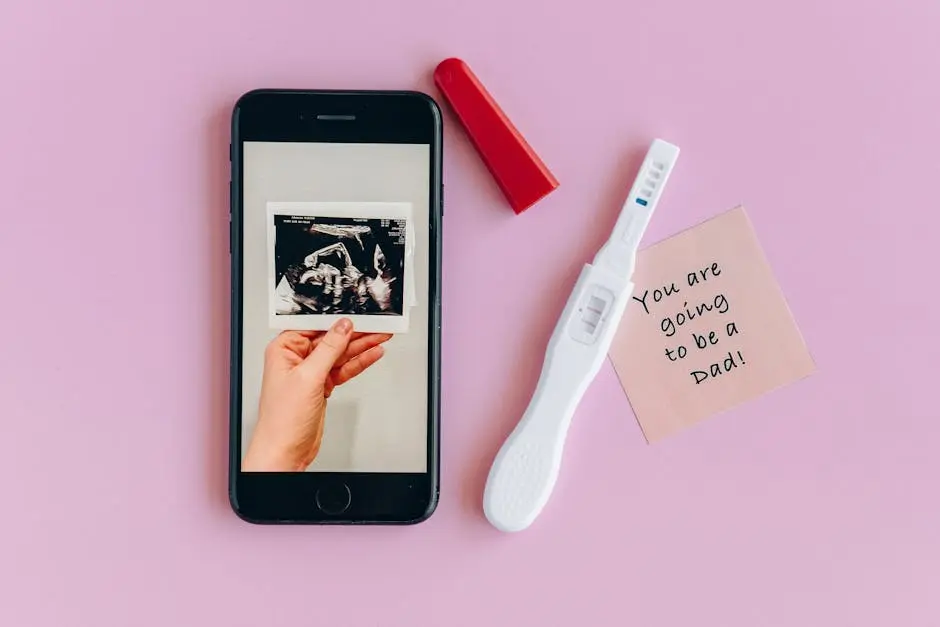Testosterone replacement therapy (TRT) is surrounded by misconceptions and myths that can create confusion. In this blog, we will debunk some of the most common myths about testosterone replacement to provide you with accurate information.
1. Testosterone Replacement Is Only for Older Men
Many people believe that TRT is only suitable for older men who experience a natural decline in testosterone levels. However, younger men with specific medical conditions can also benefit from this therapy. These conditions include hypogonadism, where the body doesn’t produce enough testosterone due to problems with the testicles or pituitary gland. In fact, it’s not uncommon for younger men to experience symptoms of low testosterone that significantly impact their quality of life, regardless of age.
Although age-related declines in testosterone are more commonly discussed, men can experience low testosterone from various causes starting as early as their 20s. Regular screenings and consultations with healthcare professionals can help determine if TRT is appropriate, no matter the age.
2. TRT Causes Aggression and Anger
The stereotype of ‘roid rage’ has led to the misconception that testosterone replacement makes men aggressive and angry. Research does not support this claim when the therapy is monitored and prescribed correctly. Behavioral changes are usually more related to the context of anabolic steroid abuse rather than supervised medical treatment.
Studies show that testosterone therapy can actually improve mood and reduce symptoms of depression, particularly in men diagnosed with hypogonadism. This is because low testosterone levels can affect brain function, leading to mood swings and irritability, which TRT aims to rectify.
3. All Forms of Testosterone Replacement Are the Same
There are several forms of TRT, including gels, patches, injections, and pellets. Each has its own advantages and disadvantages, and the best option depends on individual circumstances. Some men may prefer the convenience of daily gels or patches, whereas others might opt for long-lasting injections or subcutaneous pellets.
According to WebMD, each TRT method has its own set of side effects and considerations. For example, gels can be easily applied but might transfer testosterone to others through skin contact, whereas injections provide a more consistent level of testosterone but require periodic doctor visits.
Ultimately, consulting with a healthcare provider to explore all available options can help determine the most effective form of TRT for your lifestyle and medical needs. Personalized treatment plans can ensure that you get the most benefit from your therapy.
4. Testosterone Replacement Does Not Benefit Women
While testosterone is often associated with men, women also produce it in smaller amounts. TRT can benefit women who have low testosterone levels, particularly in improving libido and energy levels. For women, low testosterone can lead to symptoms similar to those experienced by men, such as fatigue, depression, and reduced sexual desire.
Research has shown that testosterone therapy can improve overall well-being in women by addressing these symptoms. However, it’s critical for women to receive treatment under the guidance of a healthcare professional to ensure the right balance of hormones is achieved and maintained.
5. TRT Is a Quick Fix for Erectile Dysfunction
Erectile dysfunction can have many causes, and low testosterone is just one potential factor. While TRT may help some men with this condition, it’s not a guaranteed solution for everyone. A comprehensive evaluation is necessary to determine the root cause of erectile dysfunction, which can include factors like diabetes, cardiovascular issues, or psychological conditions.
It’s also important to understand that achieving and maintaining an erection involves more than just good testosterone levels. Factors such as blood flow, nerve function, and even emotional well-being play crucial roles. TRT can be part of a broader treatment plan that may include lifestyle changes, medications, or other therapies tailored to each individual’s needs.
According to the Mayo Clinic, while TRT may help restore some aspects of sexual function, it shouldn’t be viewed as a stand-alone treatment for erectile dysfunction. Talking to a healthcare provider can help address all contributing factors to develop an effective plan.
6. Natural Supplements Are Just as Effective
Some people believe that natural supplements can replace TRT. While certain supplements may support testosterone levels, they are not a substitute for medically prescribed therapies. Over-the-counter supplements often lack the rigorous testing and standardization employed in prescription medications, which can lead to inconsistent results and potentially dangerous side effects.
Harvard Health points out that many supplements claim to boost testosterone but lack scientific evidence to support their effectiveness. They are often not regulated, which means their safety and efficacy are not guaranteed. TRT, on the other hand, is a regulated medical treatment backed by substantial clinical research.
7. Testosterone Replacement Will Cause Testicular Shrinkage
While TRT can sometimes affect the size of the testicles, this side effect is usually mild and not harmful. Discussing concerns with a healthcare provider can help mitigate this issue. In some cases, medications like Clomid are used alongside TRT to maintain fertility and support testicular function.
According to Limitless Male, there are ways to prevent this potential side effect. Clomid, for instance, signals the pituitary gland to produce more testosterone naturally, which can help preserve the size and function of the testicles. It’s a viable option for those concerned about fertility while undergoing TRT.
8. TRT Increases the Risk of Prostate Cancer
There is no strong evidence showing that TRT increases the risk of prostate cancer. Ongoing research is essential, but current studies suggest that TRT is safe for most men. A thorough screening and monitoring process typically accompanies TRT to ensure patient safety and address any concerns promptly.
The Harvard Health publication highlights that while older studies suggested a possible link between TRT and prostate cancer, recent clinical trials have not found a significant increase in risk. It’s crucial to have open discussions with healthcare providers to understand the actual risks and benefits.
Regular prostate exams and monitoring of testosterone levels are standard practices for anyone undergoing TRT. This approach helps to identify any potential issues early and provides a framework for making informed decisions about continued therapy.
9. Only Bodybuilders Use Testosterone Replacement
While athletes and bodybuilders may misuse testosterone for performance enhancement, TRT is a legitimate medical treatment for men and women with diagnosed testosterone deficiencies. Misuse of testosterone for bodybuilding is illegal and poses significant health risks.
In contrast, professionally administered TRT aims to restore normal testosterone levels to improve overall health and quality of life. Most patients seeking TRT are not looking to ‘bulk up’ but rather to alleviate symptoms of low testosterone such as fatigue, depression, and reduced sexual function. As detailed by Concierge MDLA, TRT is about restoring hormonal balance and should be strictly managed under professional medical guidance.
10. Testosterone Replacement Leads to Infertility
TRT can impact sperm production, which may affect fertility. However, options and alternatives are available for those wishing to preserve fertility while undergoing treatment. Treatments like Clomid and human chorionic gonadotropin (hCG) are often used to maintain sperm production in men undergoing TRT.
According to Limitless Male, combining Clomid with TRT can help stimulate the testicles to produce testosterone and sperm naturally, thus mitigating the effect on fertility. Always discuss your family planning goals with your healthcare provider to explore all available options.
11. TRT Is Addictive
Testosterone replacement therapy is not addictive, but it does require ongoing treatment to maintain testosterone levels. Stopping therapy abruptly can lead to a return of symptoms. It’s essential to follow a doctor’s guidance when adjusting or discontinuing TRT to avoid any potential withdrawal effects.
As Mayo Clinic notes, TRT needs to be carefully monitored and tailored to each individual. While it requires consistent administration, the aim is to restore natural hormone levels, not to create dependency. Discussions with healthcare providers can ensure that therapy is managed safely and effectively.
12. Testosterone Levels Decline Quickly Without Warning
Testosterone levels typically decline gradually with age. Sudden drops might indicate an underlying health issue requiring medical attention. Recognizing early symptoms and seeking prompt medical evaluation can help manage testosterone levels effectively.
Natural aging often results in a slow decline of testosterone, about 1% per year after age 30. Monitoring testosterone levels through regular health check-ups can help in early detection and intervention. This proactive approach ensures that any sharp declines or symptoms are addressed correctly, enhancing overall well-being.
13. TRT Will Give Every Man a Muscular Physique
While TRT can help improve muscle mass, it does not guarantee a bodybuilder physique without additional exercise and a proper diet. The therapy aims to restore normal hormone levels and improve symptoms of low testosterone, not to enhance physical performance unnaturally.
Exercise and nutrition play crucial roles in building muscle mass. Individuals on TRT often find that their energy levels and overall motivation improve, making it easier to engage in regular exercise and maintain a healthy diet. However, achieving significant muscle growth requires a holistic approach that includes proper training and nutritional strategies.
14. Testosterone Replacement Is Extremely Expensive
The cost of TRT varies depending on the form of treatment and healthcare coverage. Many options are affordable and accessible with a proper healthcare plan. Some insurance plans cover the cost of TRT, making it more affordable for those who need it.
According to the WebMD, different forms of TRT come with varied price tags. Injections are generally more cost-effective compared to gels or patches. Consulting with a healthcare provider can help you choose an option that fits your budget while effectively managing your condition. Many clinics also offer flexible payment plans and financial assistance programs.
15. Only Men with Severe Symptoms Need Testosterone Replacement
Even men with moderate symptoms can benefit from TRT. Quality of life improvements can be significant for those receiving appropriate treatment. Symptoms like low energy, reduced libido, and mood swings can be debilitating, even if they are not classified as severe.
Addressing low testosterone levels can improve daily functioning and overall well-being. It’s important to engage in open discussions with healthcare providers to determine if TRT is suitable, regardless of the severity of symptoms. Early intervention can prevent the progression of symptoms and support overall health.

